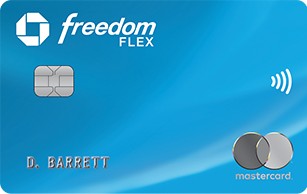Primary vs. secondary rental car insurance
Before renting a car with a credit card, you should take a close look at whether your card offers primary or secondary car rental insurance. By and large, this is one of the most important details of credit card auto rental coverage because:
Primary auto rental coverage means you can use it in place of your own insurance. This means that, if you’re in an accident or experience a loss, you aren’t required to notify your personal auto insurance company. Secondary auto rental coverage kicks in after you exhaust coverage limits offered through your own insurance. This means you’ll need to file a claim with your own auto insurance coverage first.
Some great credit cards with auto rental coverage don’t offer primary insurance for free, or only offer primary coverage if you don’t have car insurance. Even if the card offers primary coverage, you’ll want to read over the fine print to make sure your situation is covered. For example, some issuers may only offer secondary coverage if you’re using a business card to rent a car for personal reasons.
American Express premium car rental car protection
Many American Express cards, including the American Express Platinum Card®1 and the American Express® Gold Card2, come with secondary car rental insurance. But if you want primary car rental insurance, you’ll have to pay a fee for Premium Car Rental Protection through American Express.
For some, the benefits of extra protection outweigh the nominal cost. Cardholders pay a maximum fee of $24.95 for the entire rental period and, in most cases, get a much better deal than the policies pitched to you at a car rental counter. Plus, it offers a 42-day rental period, may cover vehicles that other policies won’t cover and provides up to $100,000 for damage or theft of a qualifying rental vehicle.













